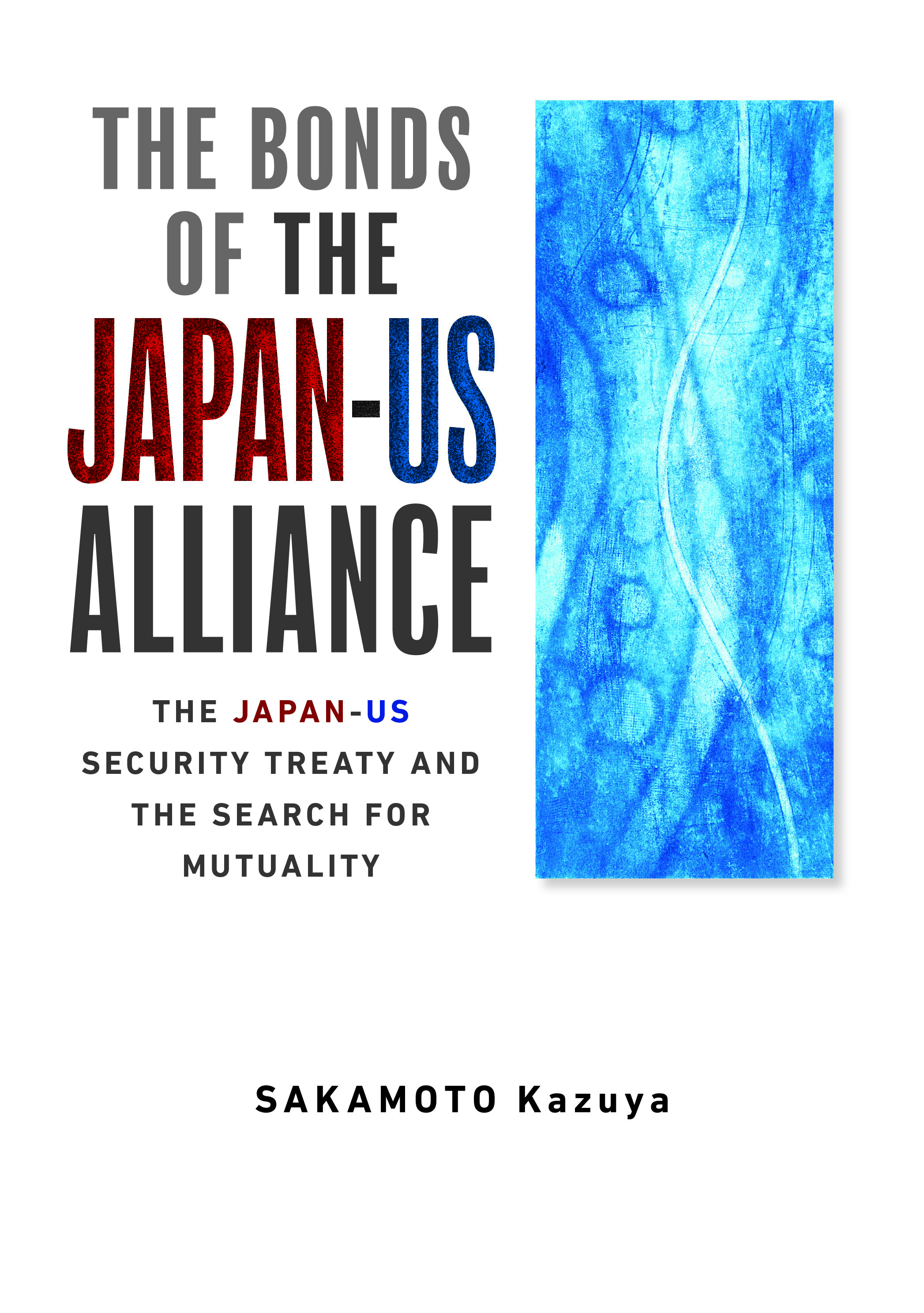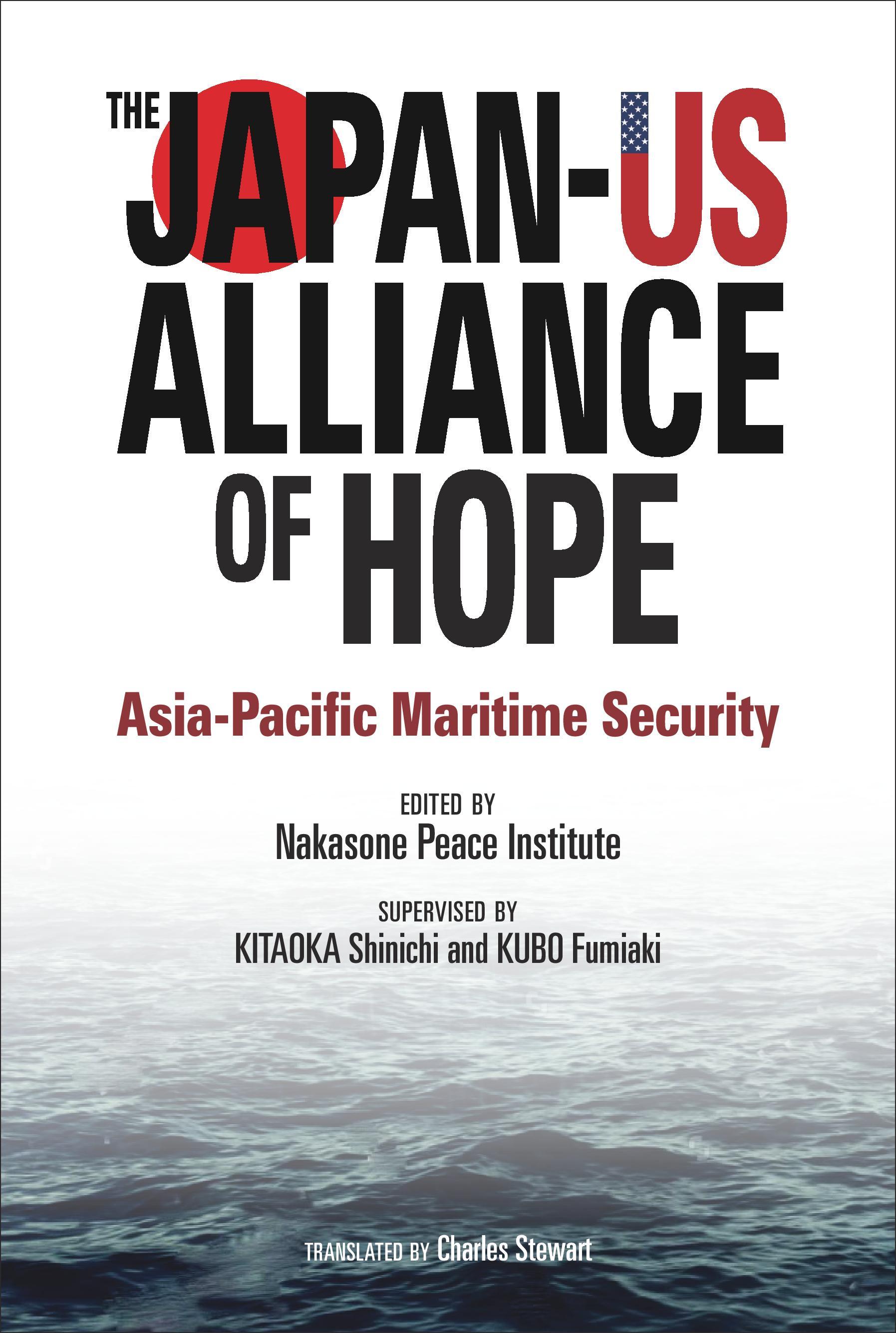The Japan-US Security Treaty was first signed in 1951, coinciding with the end of Allied occupation and Japan’s recovery of independence in the early postwar era, and subsequently revised in 1960 to correct various inadequacies and alleviate a sense of inequality felt on the Japanese side. Its basic structure, namely providing bases in exchange for the guarantee of US security of Japan, however, remains unchanged.
This English edition of diplomatic historian Sakamoto Kazuya’s highly acclaimed Nichi-Bei dōmei no kizuna (The Bonds of the Japan-US Alliance; 2000, rev. ed. 2020), winner of the 22nd Suntory Prize for Social Sciences and Humanities, carefully depicts the sensitive negotiations and diplomatic finesse behind the establishment and revision of the Japan-US Security Treaty, highlighting the challenges experienced by the two countries to promote mutuality then and later.
Drawing on previously undisclosed confidential documents and new research developments on the issue of secret agreements, which were brought to light during the Ministry of Foreign Affairs investigation in 2009–10, the author added a new chapter with updated notes for his revised 2020 edition. Examining the far-reaching implications of these new historical materials, he puts forward the pressing question: What should be the future of Japan-US security cooperation?


![日米同盟の絆:安保条約と相互性の模索[増補版]](https://www.jpicinternational.com/upload/images/65d71d19decc0632f879775701bed7f62c0964d9.jpg)



